Germany : Strong Demand and Innovation Hub
Germany holds a commanding 30% market share in the European web content management sector, valued at $1,200.0 million. Key growth drivers include a robust digital economy, increasing demand for personalized content, and strong government support for digital transformation initiatives. Regulatory policies favoring data protection and privacy, such as the GDPR, further enhance consumer trust. Infrastructure investments in broadband and cloud services are also pivotal for market expansion.
UK : Evolving Market with Diverse Needs
The UK commands a 22.5% market share, valued at $900.0 million, driven by a shift towards digital-first strategies among businesses. Demand for agile content management systems is rising, particularly in sectors like e-commerce and media. Government initiatives promoting digital skills and innovation are crucial, alongside a favorable regulatory environment that encourages tech adoption. The UK's strong infrastructure supports rapid deployment of web solutions.
France : Innovation and Cultural Richness
France holds a 20% market share, valued at $800.0 million, with growth fueled by a vibrant tech ecosystem and increasing digital content consumption. The French government supports digital innovation through various initiatives, enhancing the market landscape. Demand for localized content and compliance with EU regulations are significant trends. The market is characterized by a strong focus on user experience and design.
Russia : Growth Amidst Regulatory Challenges
Russia's market share stands at 15%, valued at $600.0 million, driven by increasing internet penetration and a growing demand for localized content. Government initiatives aimed at boosting the digital economy are pivotal, although regulatory challenges persist. The competitive landscape includes both local and international players, with a focus on sectors like e-commerce and education. Major cities like Moscow and St. Petersburg are key markets.
Italy : Cultural Heritage Meets Modern Tech
Italy captures a 12.5% market share, valued at $500.0 million, with growth driven by a blend of cultural heritage and modern digital needs. The Italian government promotes digitalization through various initiatives, enhancing market dynamics. Demand for content management solutions is rising in sectors like tourism and fashion. Key cities such as Milan and Rome are central to this growth, with a competitive landscape featuring both local and international players.
Spain : Innovation in a Diverse Market
Spain holds a 10% market share, valued at $400.0 million, with growth driven by increasing digital engagement and a focus on mobile content. Government initiatives supporting digital transformation are crucial, alongside a favorable regulatory environment. The competitive landscape includes both established players and startups, with key markets in cities like Madrid and Barcelona. Sectors such as retail and media are particularly dynamic.
Rest of Europe : Varied Markets with Unique Needs
The Rest of Europe accounts for a 15% market share, valued at $600.0 million, characterized by diverse market conditions and varying levels of digital maturity. Growth is driven by localized content needs and government initiatives promoting digital skills. The competitive landscape features a mix of local and international players, with key markets in countries like the Netherlands and Belgium. Sectors such as healthcare and education are seeing increased demand for web content management solutions.


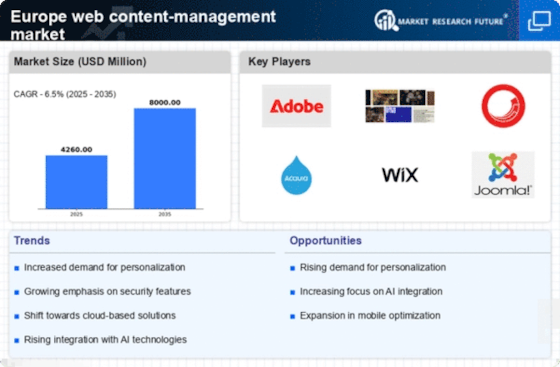
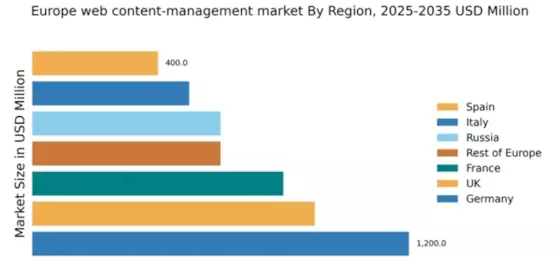
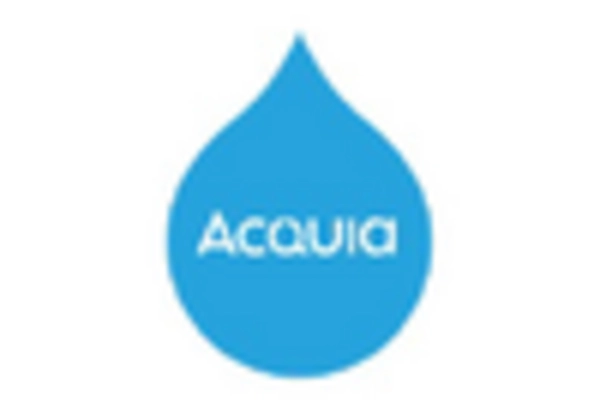

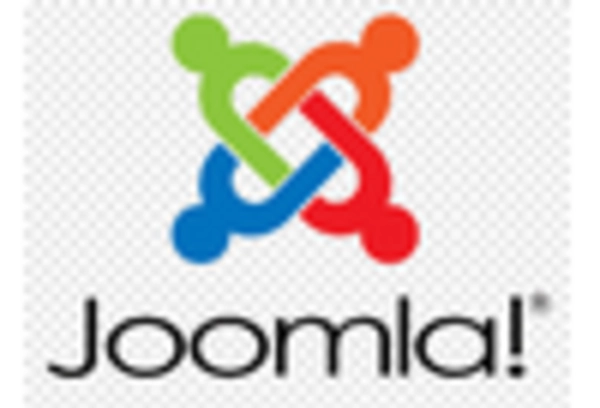
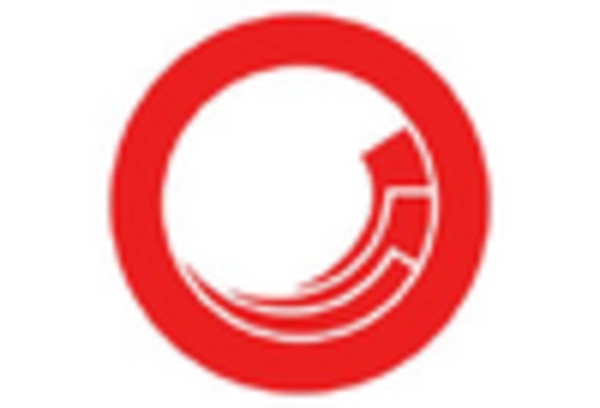










Leave a Comment